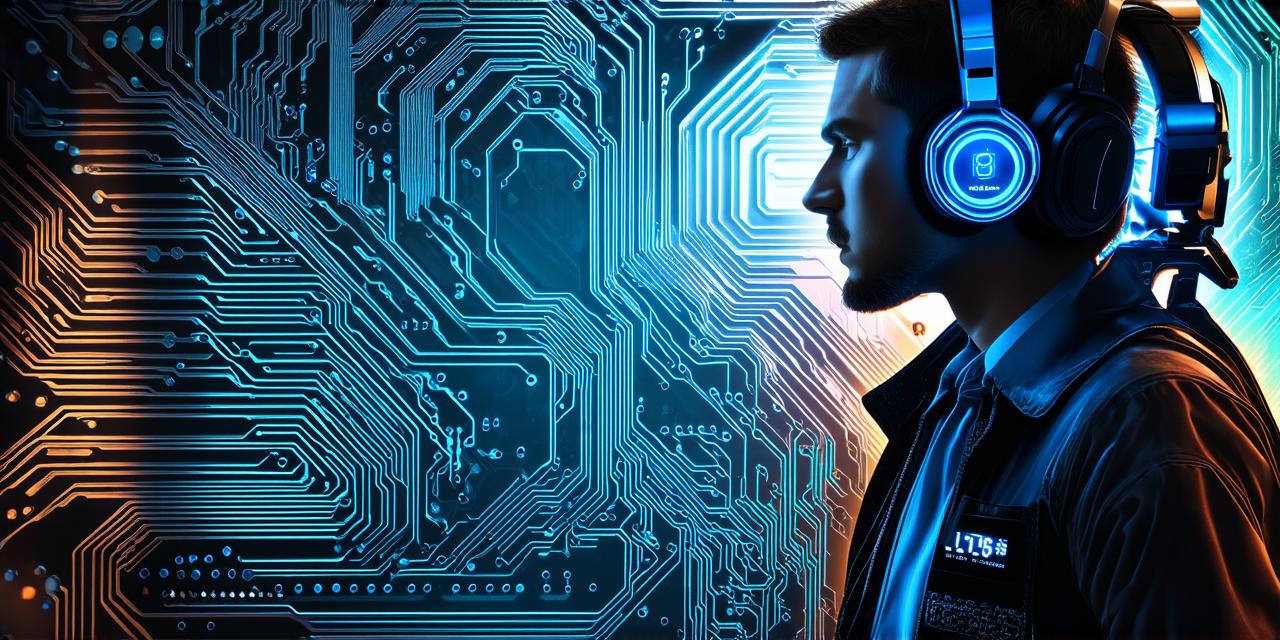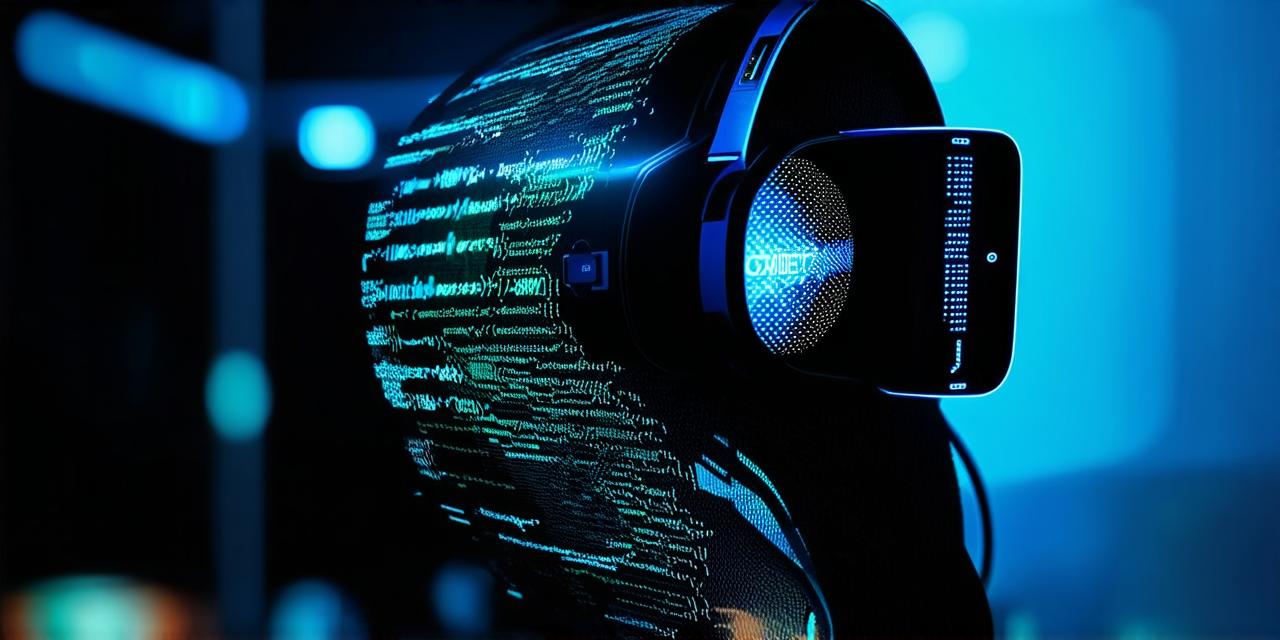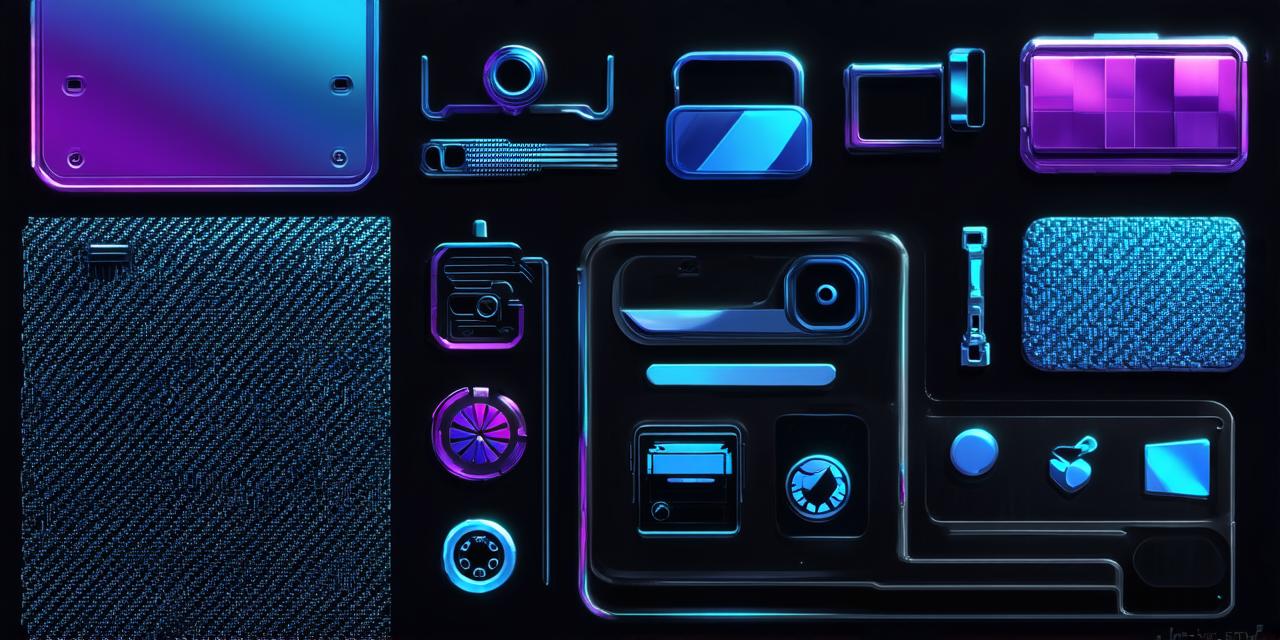1. Real-time tracking and synchronization
One of the key challenges of MR is real-time tracking and synchronization of virtual objects with the physical environment. This requires sophisticated algorithms that can accurately detect and track the position and orientation of virtual objects in real-time, as well as synchronize them with the physical world. To overcome this challenge, developers must use advanced computer vision techniques and machine learning algorithms to create accurate tracking systems that can adapt to changing lighting conditions and other environmental factors.
2. Interaction and immersion
Another major challenge of MR is creating a seamless and immersive experience for users. This requires intuitive and natural interaction models that allow users to interact with virtual objects in a way that feels natural and intuitive. In addition, the virtual environment must be designed to be highly immersive, with realistic lighting, textures, and sound effects that create a sense of presence and realism. To achieve this, developers must use a combination of computer vision, machine learning, and advanced rendering techniques to create highly realistic and interactive environments that engage users at a deep emotional level.
3. Privacy and security concerns
As with any new technology, MR also presents privacy and security concerns that must be addressed in order to build trust with users. This includes protecting user data, ensuring the privacy of personal information, and preventing unauthorized access to virtual environments. To overcome these challenges, developers must use robust security protocols and encryption techniques to protect user data, as well as implement strict access controls to ensure that only authorized users can access virtual environments.
4. Hardware limitations
Finally, MR also presents hardware limitations that must be addressed in order to ensure a smooth and seamless experience for users. This includes ensuring that the hardware used to run MR applications is powerful enough to handle the computational demands of real-time tracking and rendering, as well as optimizing performance for different devices and platforms. To overcome these challenges, developers must use advanced optimization techniques and algorithms to ensure that their applications run smoothly on a wide range of hardware configurations.
Conclusion
In conclusion, mixed reality presents unique challenges that must be addressed in order to fully realize its potential. By using advanced computer vision techniques, machine learning algorithms, and robust security protocols, developers can overcome these challenges and create immersive, interactive experiences that engage users at a deep emotional level. As MR continues to evolve and mature, we can expect to see even more innovative and exciting applications that push the boundaries of what is possible in the virtual world.



